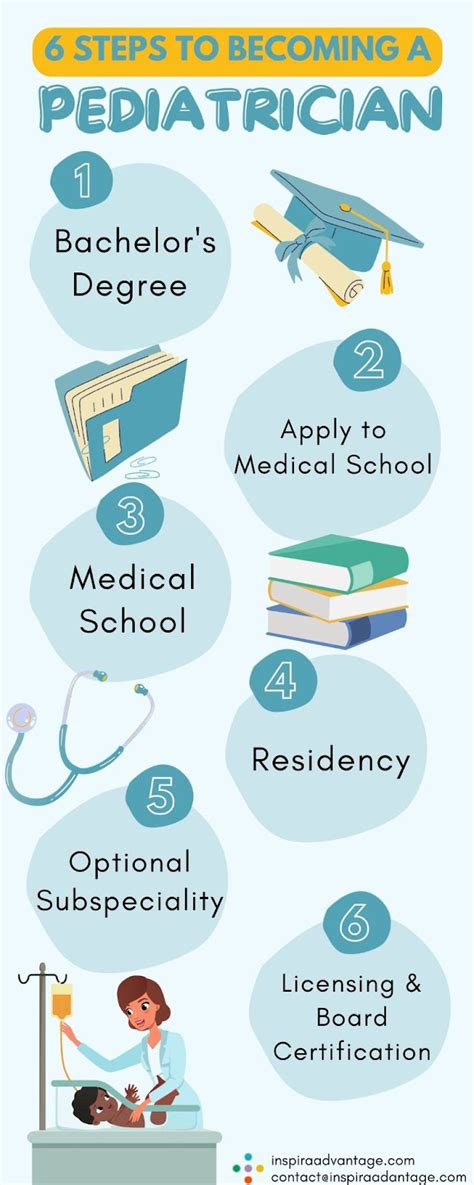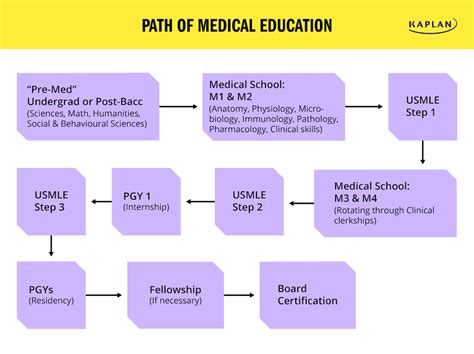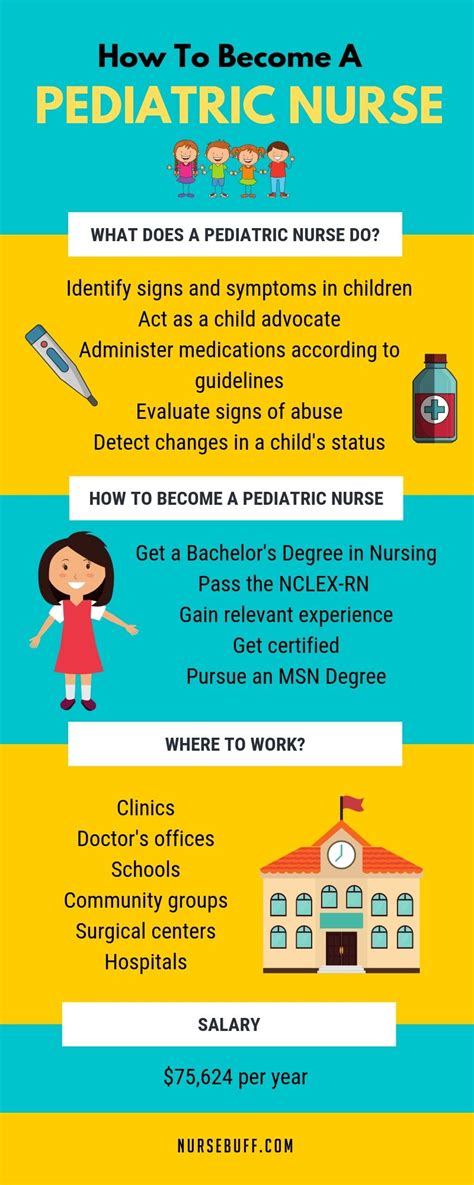7 Steps Become Pediatrician

Introduction to Becoming a Pediatrician

Becoming a pediatrician is a rewarding and challenging career path that requires a strong foundation in science, a passion for working with children, and a commitment to ongoing learning. Pediatricians are medical doctors who specialize in the health and well-being of infants, children, and adolescents. They diagnose and treat illnesses, injuries, and developmental issues, and provide preventative care to help children grow and thrive. If you’re interested in pursuing a career as a pediatrician, here are the 7 steps to follow:
Step 1: Earn a Bachelor’s Degree

The first step to becoming a pediatrician is to earn a bachelor’s degree from an accredited undergraduate institution. Most pediatricians choose to major in biology, chemistry, or physics, as these subjects provide a strong foundation in the sciences. It’s also essential to take courses in mathematics, English, and social sciences to develop a well-rounded education. During your undergraduate studies, it’s crucial to maintain a strong grade point average, as this will be an important factor in getting accepted into medical school.
Step 2: Take the Medical College Admission Test (MCAT)

The MCAT is a standardized exam that is required for admission to most medical schools in the United States. The exam tests your knowledge in areas such as biology, chemistry, physics, and critical thinking. It’s essential to prepare thoroughly for the MCAT, as a strong score will increase your chances of getting accepted into medical school. You can prepare for the MCAT by taking a prep course, studying with a tutor, or using online resources.
Step 3: Attend Medical School

After completing your undergraduate degree and taking the MCAT, the next step is to attend medical school. Medical school typically takes four years to complete and provides students with a comprehensive education in the sciences and clinical practices. During medical school, you’ll take courses in anatomy, biochemistry, pharmacology, and pathology, and participate in clinical rotations to gain hands-on experience. Some of the key skills you’ll develop in medical school include: * Clinical skills: You’ll learn how to diagnose and treat illnesses, and develop strong communication skills to work with patients and their families. * Critical thinking: You’ll learn how to analyze complex medical information and make informed decisions. * Teamwork: You’ll work with other healthcare professionals to provide comprehensive care to patients.
Step 4: Complete a Residency Program

After graduating from medical school, the next step is to complete a residency program in pediatrics. A residency program typically takes three years to complete and provides hands-on training in the diagnosis, treatment, and prevention of illnesses in children. During your residency, you’ll work under the supervision of experienced pediatricians and gain practical experience in inpatient and outpatient settings. You’ll also develop strong skills in: * Patient assessment: You’ll learn how to assess patients’ conditions and develop treatment plans. * Communication: You’ll develop strong communication skills to work with patients, families, and other healthcare professionals. * Time management: You’ll learn how to prioritize tasks and manage your time effectively in a fast-paced clinical environment.
Step 5: Obtain Licensure and Certification

To become a licensed pediatrician, you’ll need to obtain a medical license in the state where you plan to practice. You’ll also need to obtain certification from the American Board of Pediatrics (ABP). To become certified, you’ll need to pass a written exam and complete ongoing education requirements to stay current in your field. Some of the key benefits of certification include: * Enhanced credibility: Certification demonstrates your expertise and commitment to providing high-quality care. * Increased job opportunities: Certification can increase your job prospects and career advancement opportunities. * Ongoing education: Certification requires ongoing education, which helps you stay current with the latest developments in pediatrics.
Step 6: Pursue Additional Training (Optional)

If you’re interested in specializing in a particular area of pediatrics, such as neonatology or pediatric cardiology, you may choose to pursue additional training through a fellowship program. A fellowship program typically takes one to three years to complete and provides advanced training in a specific area of pediatrics. Some of the key benefits of fellowship training include: * Advanced knowledge: You’ll gain advanced knowledge and skills in a specific area of pediatrics. * Enhanced career opportunities: Fellowship training can increase your job prospects and career advancement opportunities. * Personal satisfaction: You’ll have the opportunity to work with a specialized population and make a meaningful difference in their lives.
Step 7: Maintain Ongoing Education and Professional Development

Finally, it’s essential to maintain ongoing education and professional development to stay current in the field of pediatrics. You can do this by attending conferences, participating in online courses, and reading medical journals. Some of the key benefits of ongoing education include: * Staying current: You’ll stay current with the latest developments in pediatrics and be able to provide the best possible care to your patients. * Enhanced skills: You’ll develop advanced skills and knowledge in areas such as communication, time management, and patient assessment. * Personal satisfaction: You’ll have the opportunity to continue learning and growing as a professional, which can lead to increased job satisfaction and personal fulfillment.
📝 Note: Becoming a pediatrician requires a significant amount of time, effort, and dedication. It's essential to be passionate about working with children and committed to ongoing learning and professional development.
To summarize, becoming a pediatrician requires a strong foundation in science, a passion for working with children, and a commitment to ongoing learning. By following these 7 steps, you can pursue a rewarding and challenging career as a pediatrician. Remember to stay focused, work hard, and always keep your patients’ needs at the forefront of your practice.
What is the average salary of a pediatrician?

+
The average salary of a pediatrician varies depending on factors such as location, experience, and type of practice. However, according to the Bureau of Labor Statistics, the median annual salary for pediatricians in the United States is around $200,000.
What are the most common specialties within pediatrics?

+
Some of the most common specialties within pediatrics include neonatology, pediatric cardiology, pediatric gastroenterology, and pediatric oncology. These specialties require additional training and certification, but can provide pediatricians with a deeper understanding of specific areas of pediatric care.
How long does it take to become a pediatrician?

+
Becoming a pediatrician typically takes a minimum of 11 years of education and training after high school. This includes four years of undergraduate studies, four years of medical school, and three years of residency training.